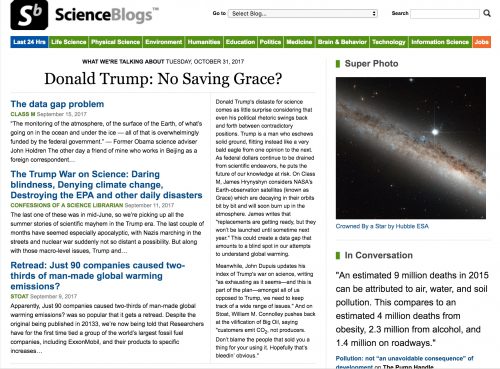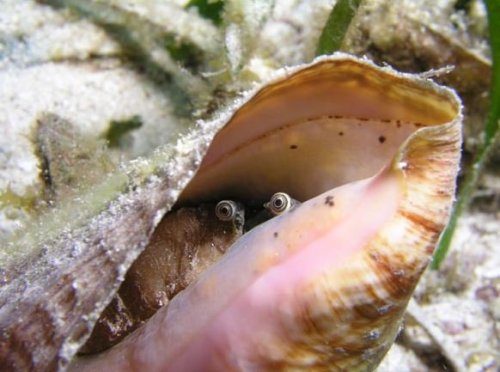Have you noticed this recent rash of truly stupid headlines?
-
Your Brain Is Aware When You’ve Just Died, Prominent Researcher Says
-
Scientists Say Your Brain Still Works After Death, And You Know When You’re Dead
-
Doctors Claim The Brain Is Still Active After Death And A Person May Actually Know They’re Dead
I could show you many more, but that’s enough. None of that makes any sense! Some of the stories make it sound like your mind is trapped and screaming inside of your corpse after you’re dead, and none of it is true — it’s all an incredibly egregious distortion of what the paper actually says. I don’t know whether the ‘journalists’ were too stupid to comprehend the work, or they simply hadn’t read it so they were just making stuff up.
I read it, though. Here’s the summary:
Purpose of Review
Of the approximately 350,000 out-of-hospital, and 750,000 after in-hospital cardiac arrest (CA) events in the US annually approximately 5-9% and 20% respectively may achieve return of spontaneous circulation (ROSC) after attempted cardiopulmonary resuscitation (CPR). Up to 2/3 of these initial survivors may go on die in the subsequent 24-72 hours after ROSC due to a combination of (1) on-going cerebral injury, (2) myocardial dysfunction and (3) massive systemic inflammatory response. In order to successfully manage patients more effectively, monitoring methods are needed to aid clinicians in the detection and quantification of intra-cardiac arrest and post-resuscitation pathophysiological cerebral injury processes in the intensive care unit.
Recent Findings
Over the last few years many modalities have been used for cerebral monitoring during and after CA, these include quantitative pupillometry, transcranial doppler sonography, optic nerve sheath diameter measurements, microdialysis, tissue oxygenation monitoring, intra-cranial pressure monitoring, and electroencephalography. Current studies indicate that these modalities may be used for the purpose of neurological monitoring during cardiac arrest resuscitation as well as in the post-resuscitation period.
Summary
Multiple overlapping processes, including alterations in cerebral blood flow (CBF), raised intracerebralpressure, disorders of metabolism, imbalanced oxygen delivery and reperfusion injury contribute to cell death during the post-resuscitation period has led to the birth of post-resuscitation management strategies in the 21st century. This review provides a succinct overview of currently available bedside invasive and non-invasive neuro-monitoring methods after CA.
The rest of the paper consists of fairly detailed descriptions of various techniques of assessing the neurological state of dying patients. What it’s saying is that death isn’t like flipping off a light switch — there’s a progression of physiological changes over a short period of time, some of them irreversible, and many of them contributing to problems in prognosis if the patient is successfully resuscitated. None of this is surprising.
Unfortunately, the lead investigator, Sam Parnia, babbles somewhat outside of the content of the paper about near-death experiences and unconscious patients being able to witness what’s going on around them and the usual bullshit wrapped around confabulation. None of that is in the paper, though! It is kind of sleazy: say defensible, sober things inside a peer-reviewed paper, and then make up crap and pretend it’s supported by scientific research by association.
Niraj S, Parnia S (2017) Monitoring the Brain After Cardiac Arrest: a New Era. Current Neurology and Neuroscience Reports 17:62.





